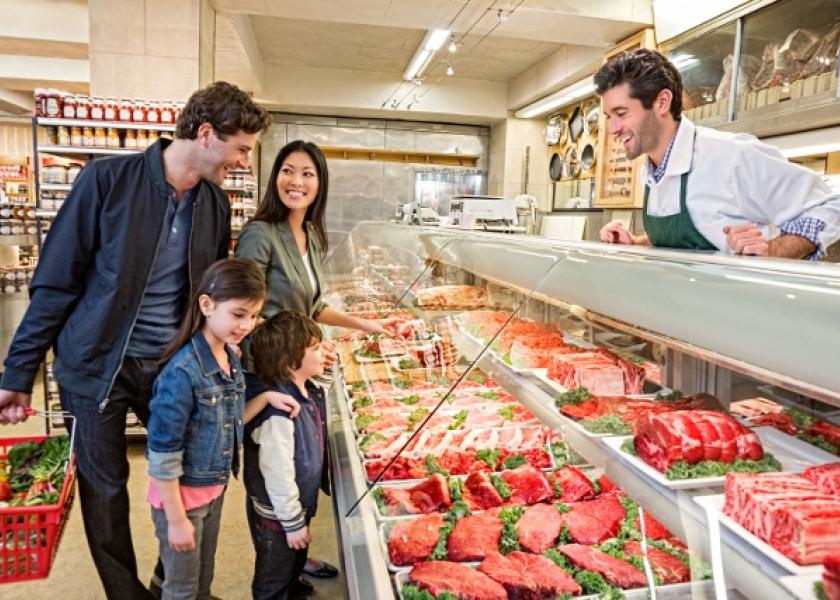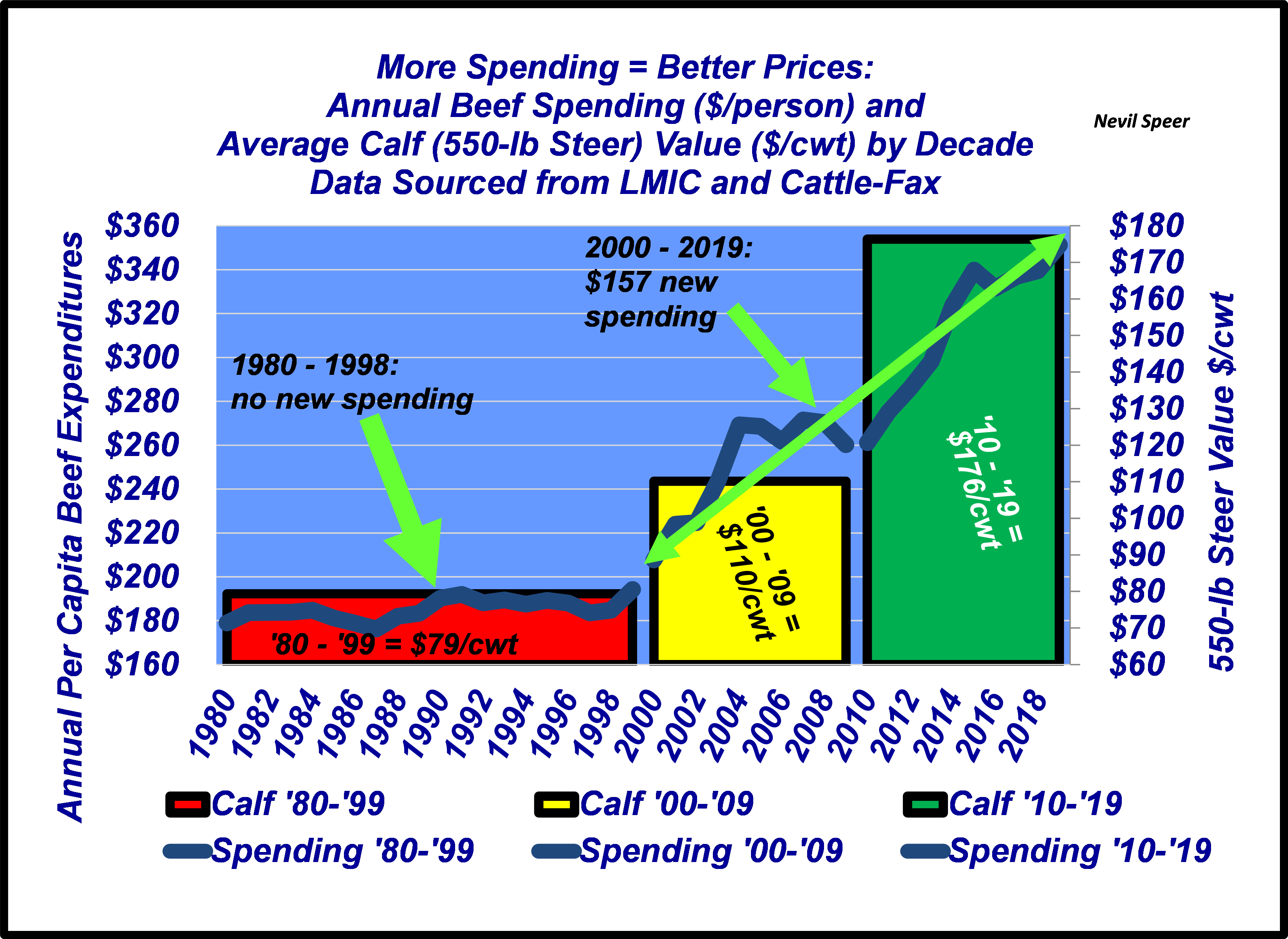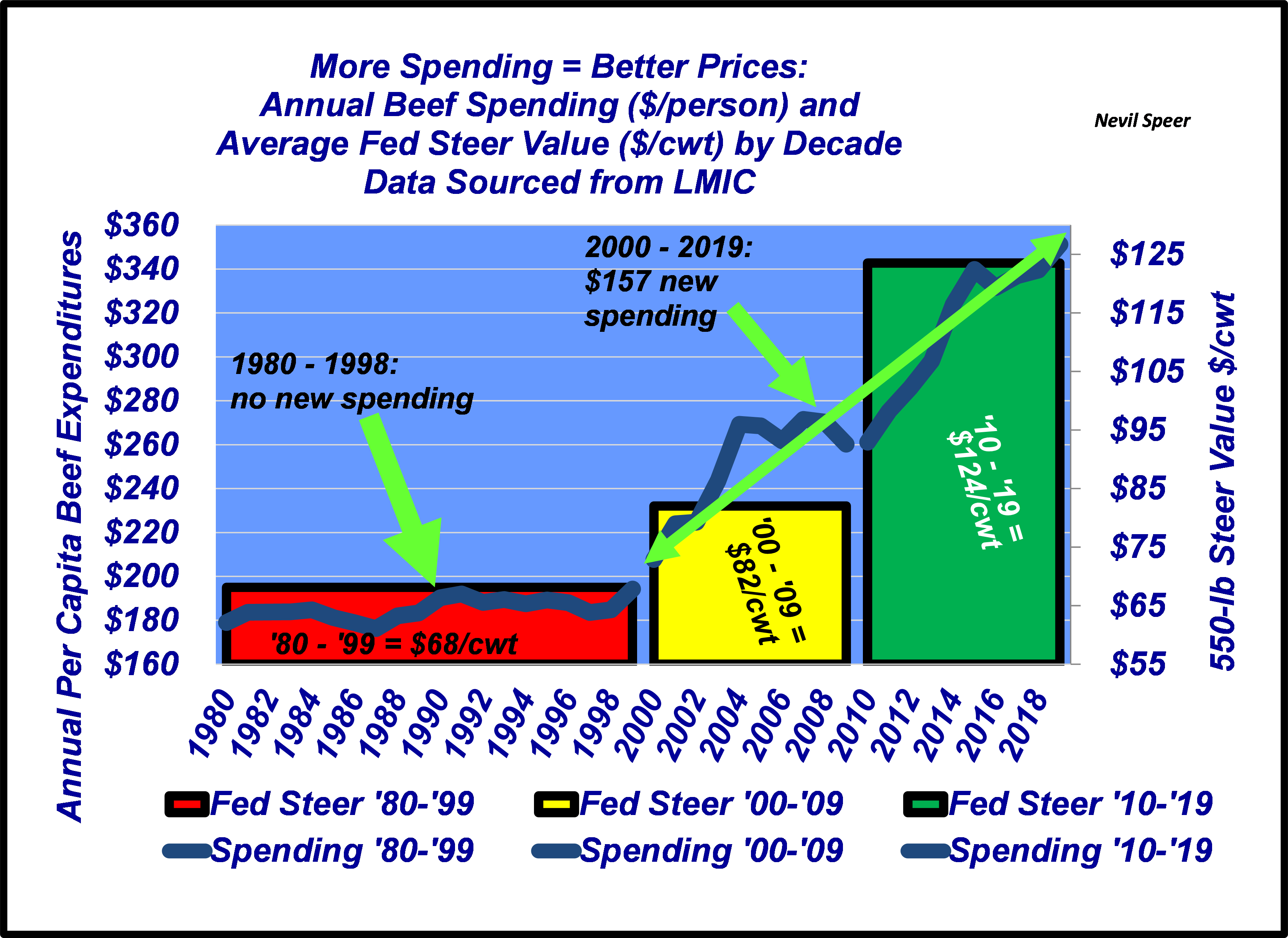Speer: Pan Beats Knife

KCA: I recently had the privilege of speaking to the Kentucky Cattlemen’s Association (KCA) Board of Directors. More important, it provided the opportunity to sit through several presentations prior to mine including:
- Kylie Trail, Director of Brand Management, Kentucky Beef Council, highlighted both ongoing, and several new targeted, efforts regarding beef promotion.
- Becky Thompson, Director of the Kentucky Beef Network, also provided a brief update on KCA’s Beef Solutions program.
- Don Pemberton, KCA’s USMEF representative, discussed the enduring work and achievements relative to growing demand internationally.
In all three instances, there’s one overarching theme: consumers!
Consumers: Those presentations directly related to one of my very first slides emphasizing the Association’s long-range plan. Within that plan, KCA outlines its vision to be: “A progressive association recognized for its innovative and collaborative approach to enhancing the beef value chain from pasture to plate and promoting the benefits of beef and beef production to consumers.”
The statement contains some especially meaningful concepts: innovation, collaboration, value-chain, and promotion. They’re all tied to KCA prioritizing forward-looking strategies to build awareness around the benefits of both beef and beef production.
And to whom? Consumers! Therein lies the key: it’s the final and most important word of the vision statement. Ultimately, the beef industry is a consumer business – every dollar that flows into the industry results from a consumer spending money on a beef product. Accordingly, when it comes to growing the business, final demand is the only thing that really matters.
History: With that, it ALWAYS good to remind ourselves of the past (lest we’re doomed to repeat it). During the ‘80s and ‘90s the beef industry experienced essentially zero growth (and when accounting for inflation spending actually went backwards). The competition pummeled the beef industry by a factor of nearly 20-to-1 over twenty years. New spending for beef grew $6 between 1980 and 1998; pork and poultry combined to claim $106 in new dollars.
Fortunately, the industry got busy, and things got better from there. Industry-wide efforts emphasizing better quality and increased promotion (coupled with four years of cow liquidation) helped to tilt the market in a more favorable direction.
What if…?: Now let’s turn our attention to the hanging question about investment in better genetics, and more precise management, and targeted, intentional beef promotion. What if that consumer focus had never happened?
First, the financial crisis. It’s unlikely the beef industry would have held its ground in ’08 and ’09 without a renewed emphasis on the consumer; every other industry was fighting for dollars through the recession, but beef spending (and the fed market) remained incredibly resilient. Second, 2014 and 2015 are positively ingrained in the memory of every producer. But absent a prior focus on beef quality and promotion on behalf of consumers, it’s unlikely the fed market would have encroached anything near the peak of $170 during that time. And third, comes consideration of producer prospects. Without that concerted shift towards the consumer, cattle producers wouldn’t have an ever-growing number of value-added opportunities currently available to them in the marketplace. (see: Real Money For Real Value.)
Pictures tell the story best. The first graph highlights the trend of beef expenditures along with notation about the calf market’s performance in each respective period. The second graph highlights the same pattern for the fed market. Full stop: more spending equals better prices. (see: Keep the Main Thing The Main Thing.)


Pan vs knife: In the end, there are essentially only two approaches to the business. One strategy invests in consumers and emphasizes making the pie bigger (the pan); the other is driven more by rivalry and worries about how the pie gets sliced (the knife). Only one of them, though, results in success and prosperity: pan beats knife every time.
Nevil Speer is an independent consultant based in Bowling Green, KY. The views and opinions expressed herein do not reflect, nor are associated with in any manner, any client or business relationship. He can be reached at nevil.speer@turkeytrack.biz.








